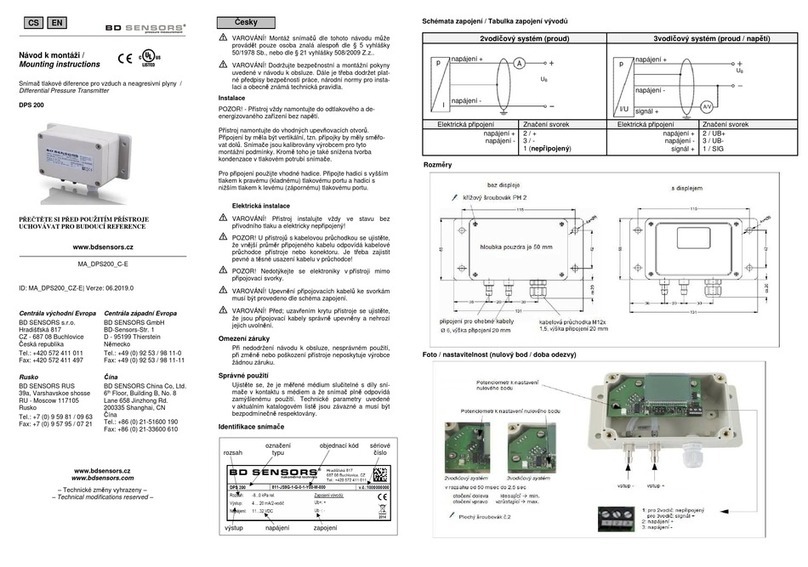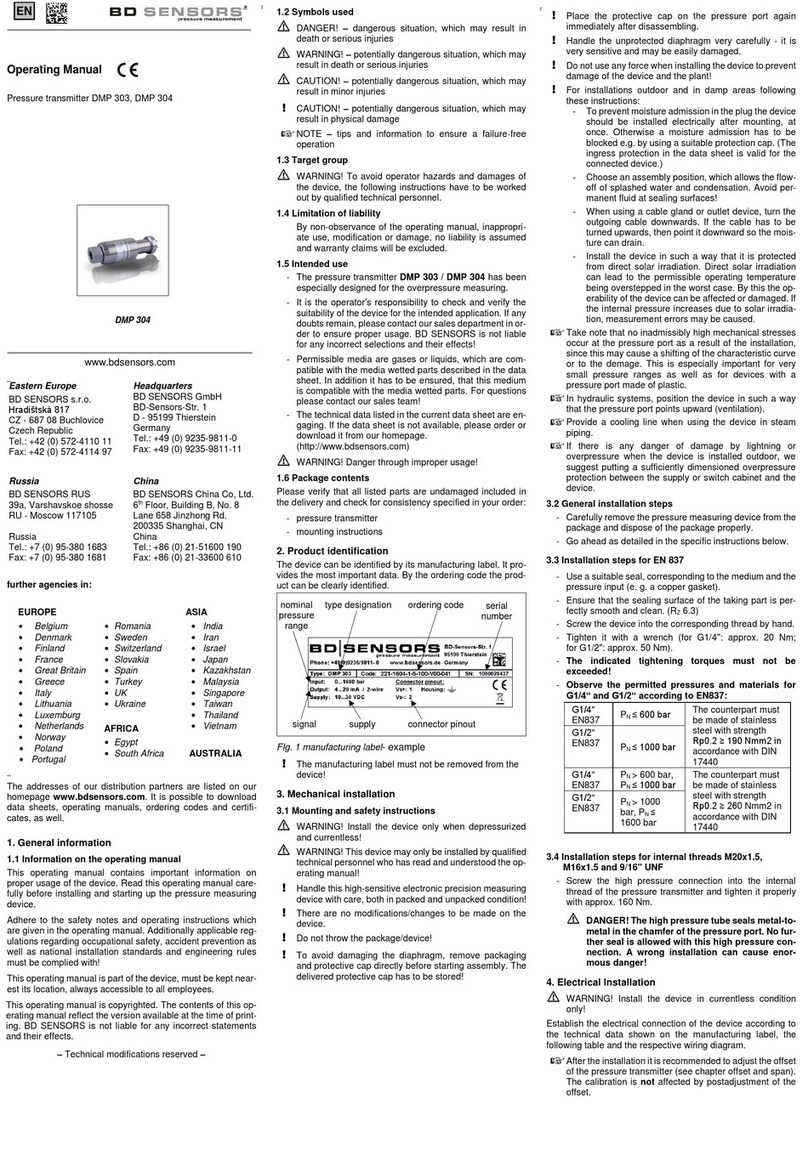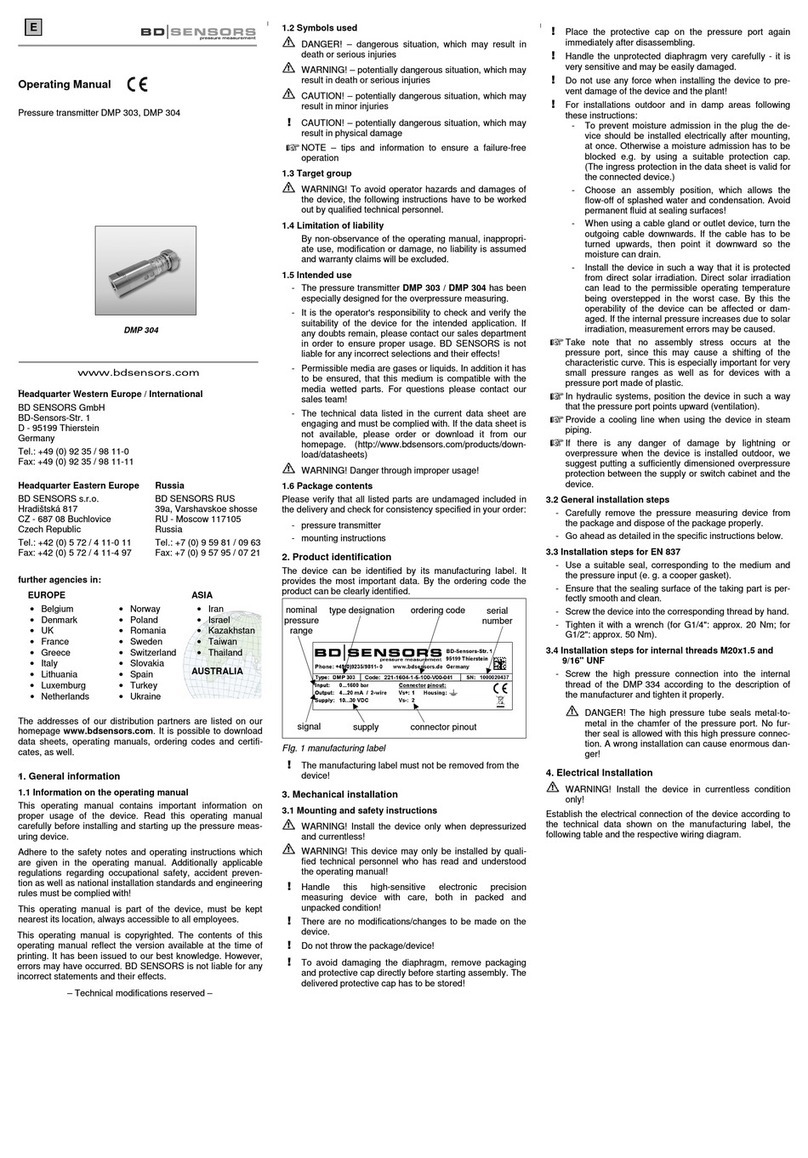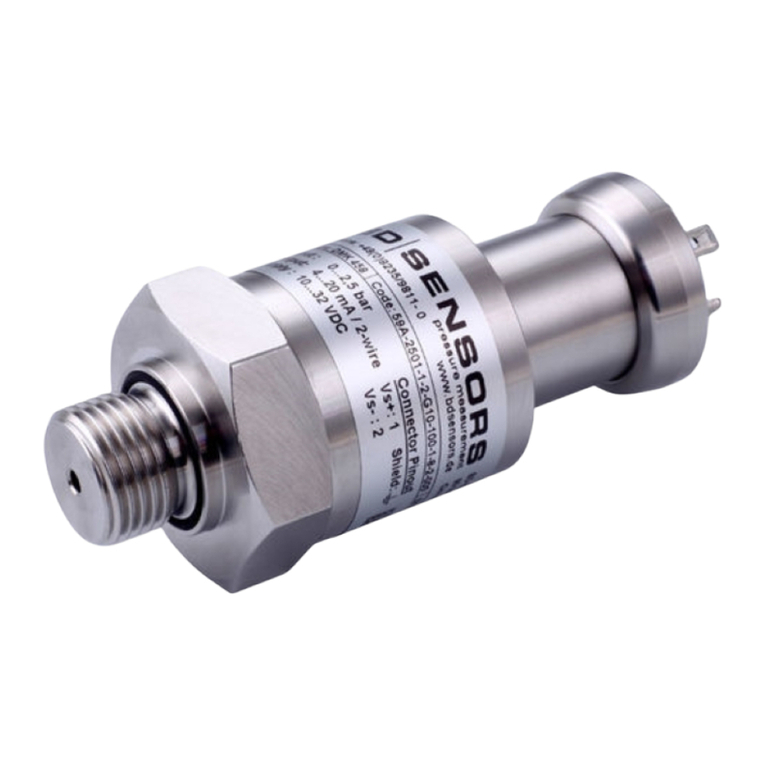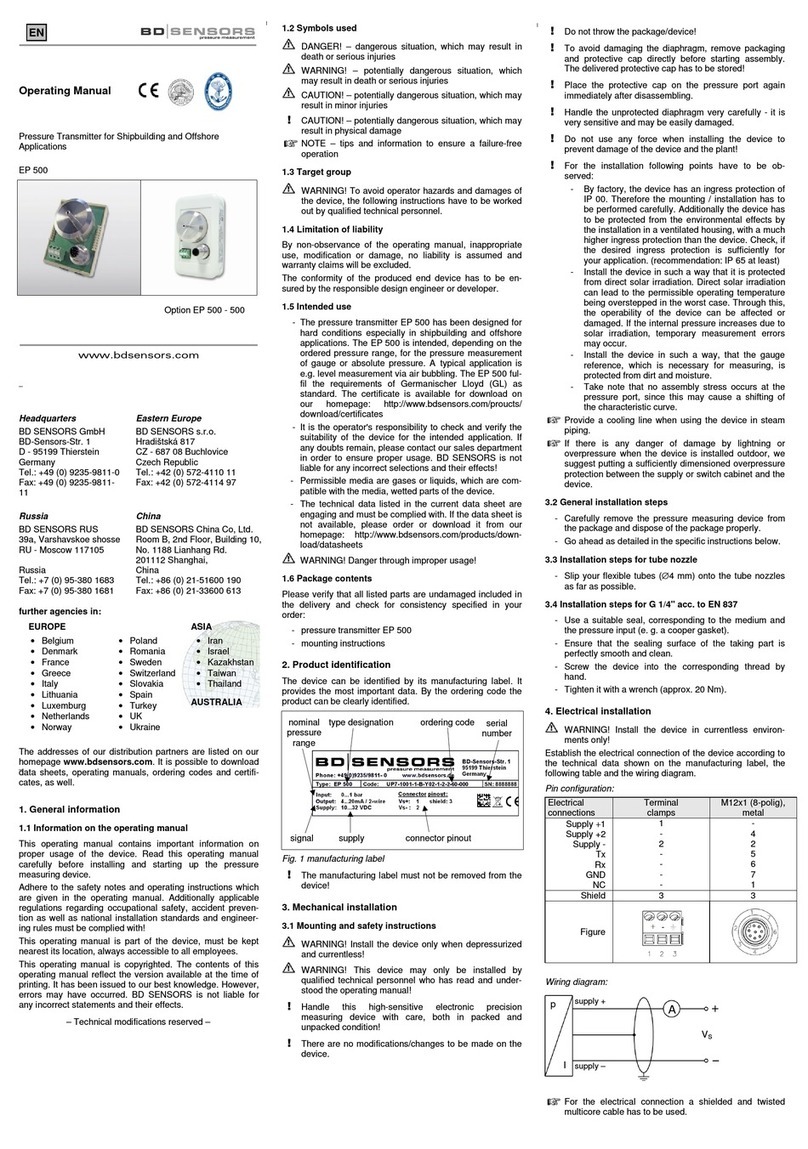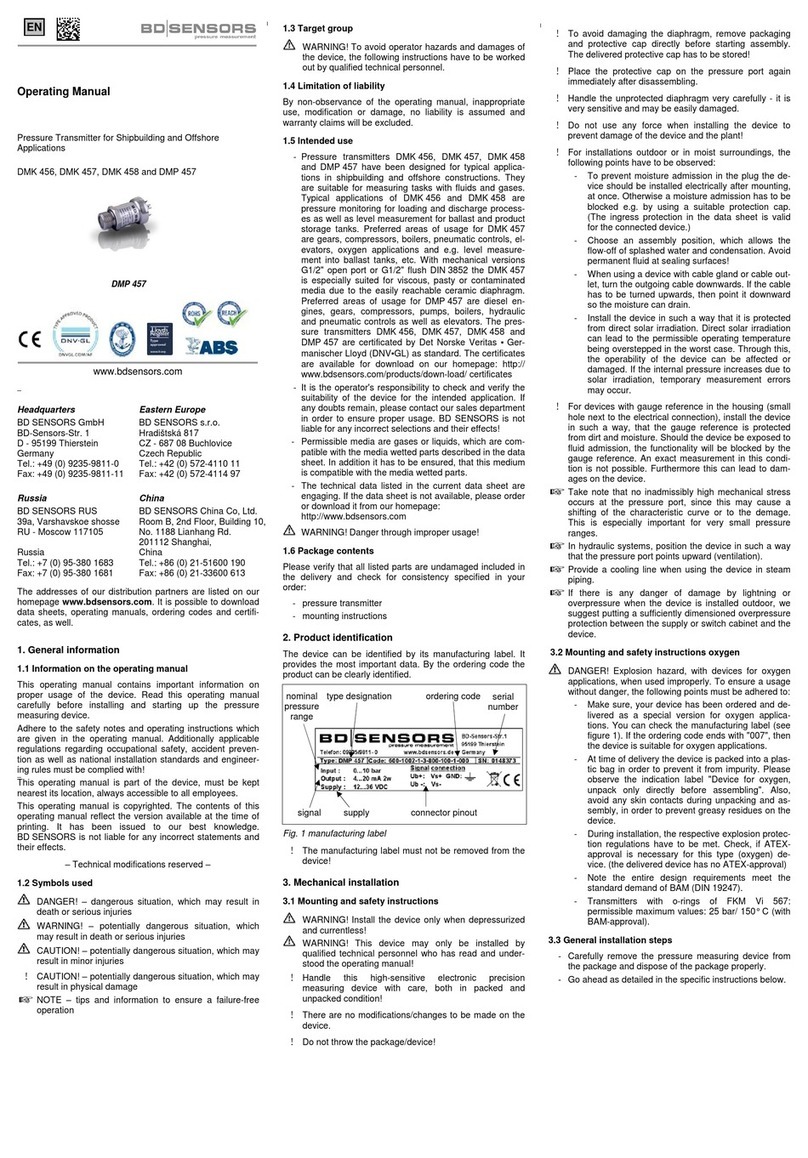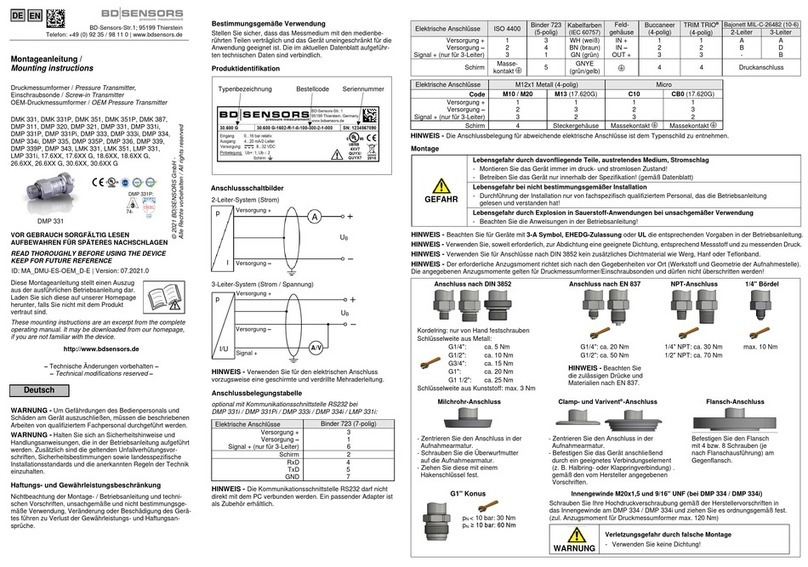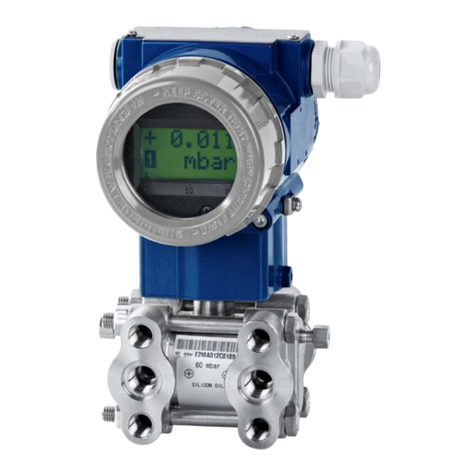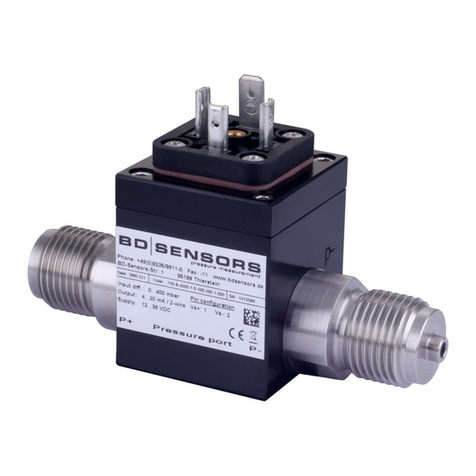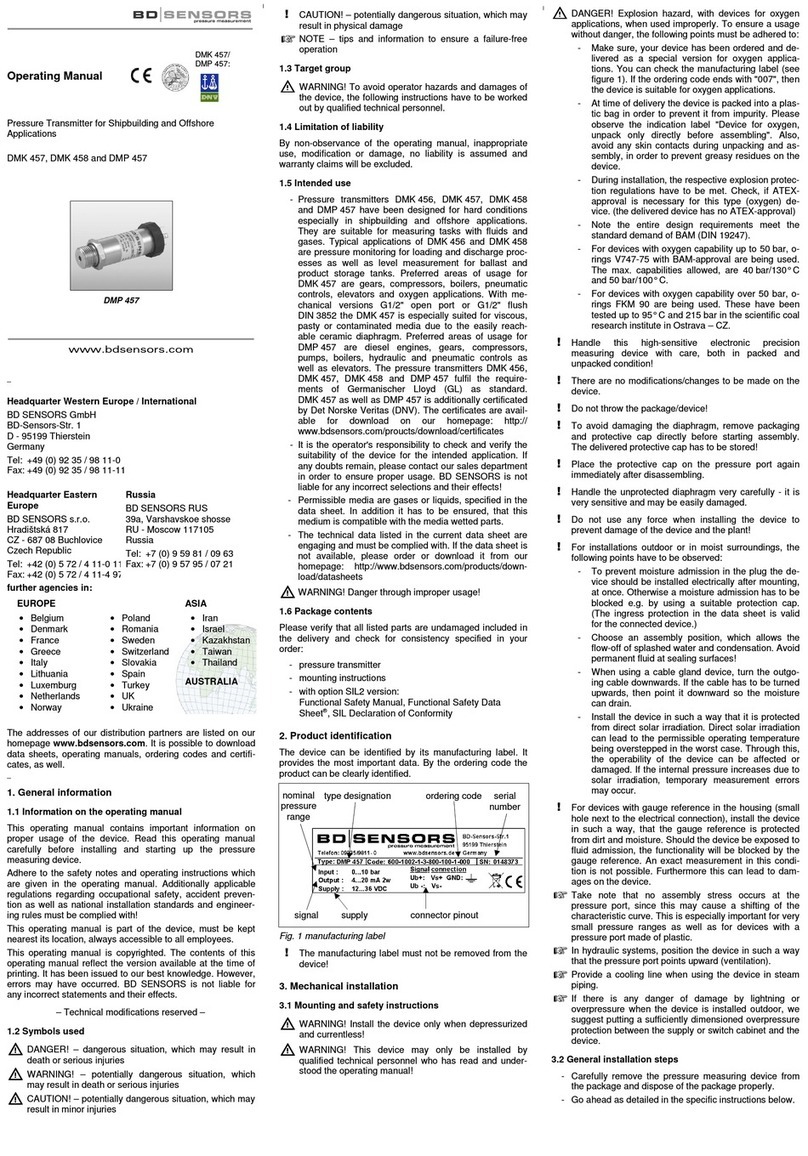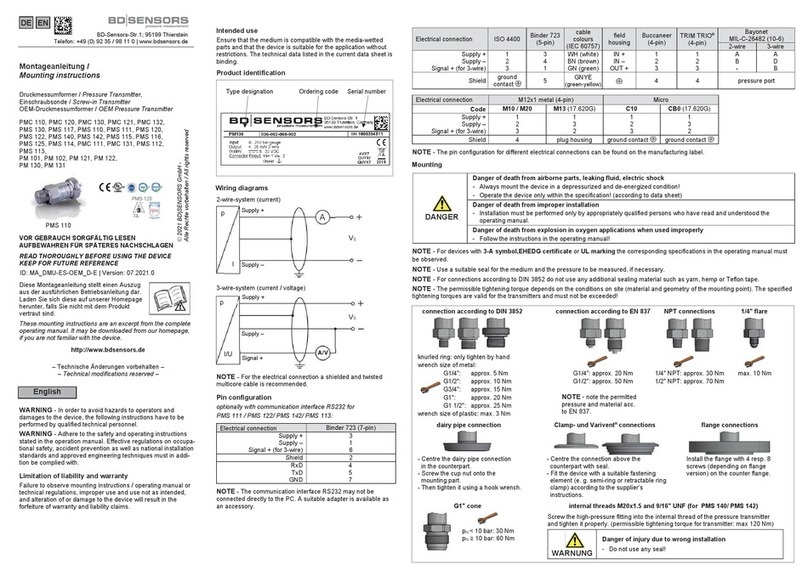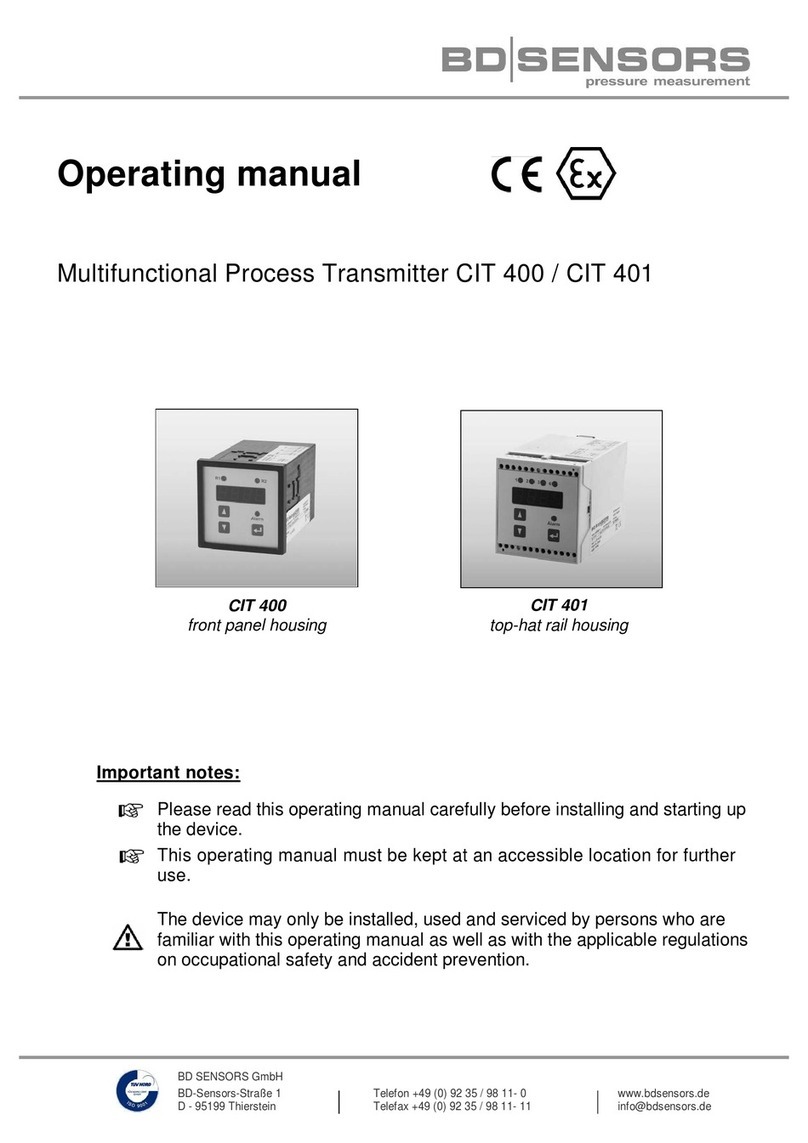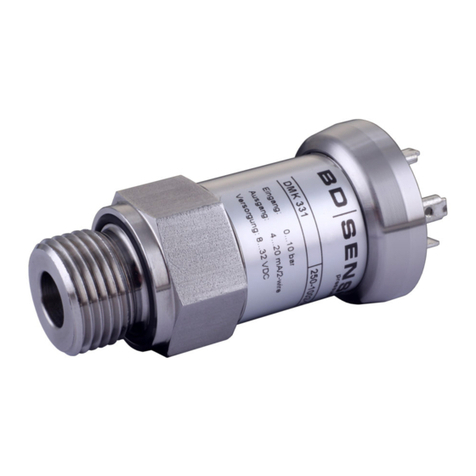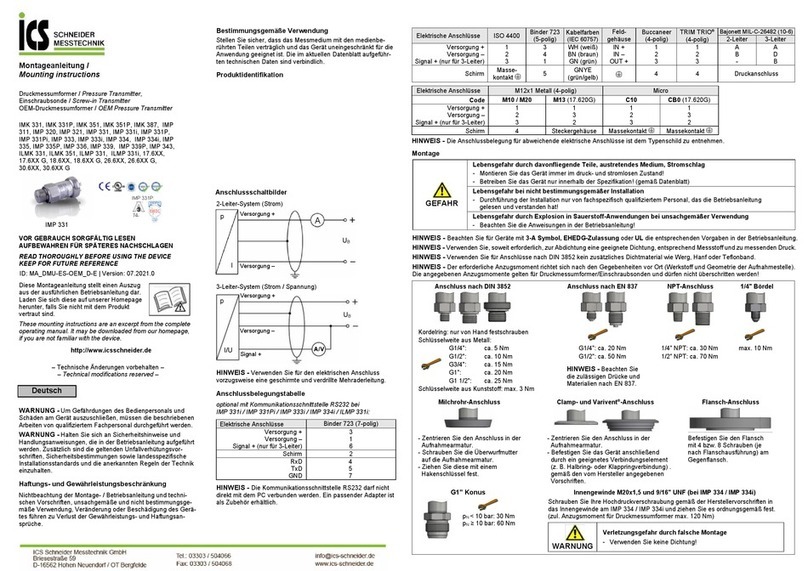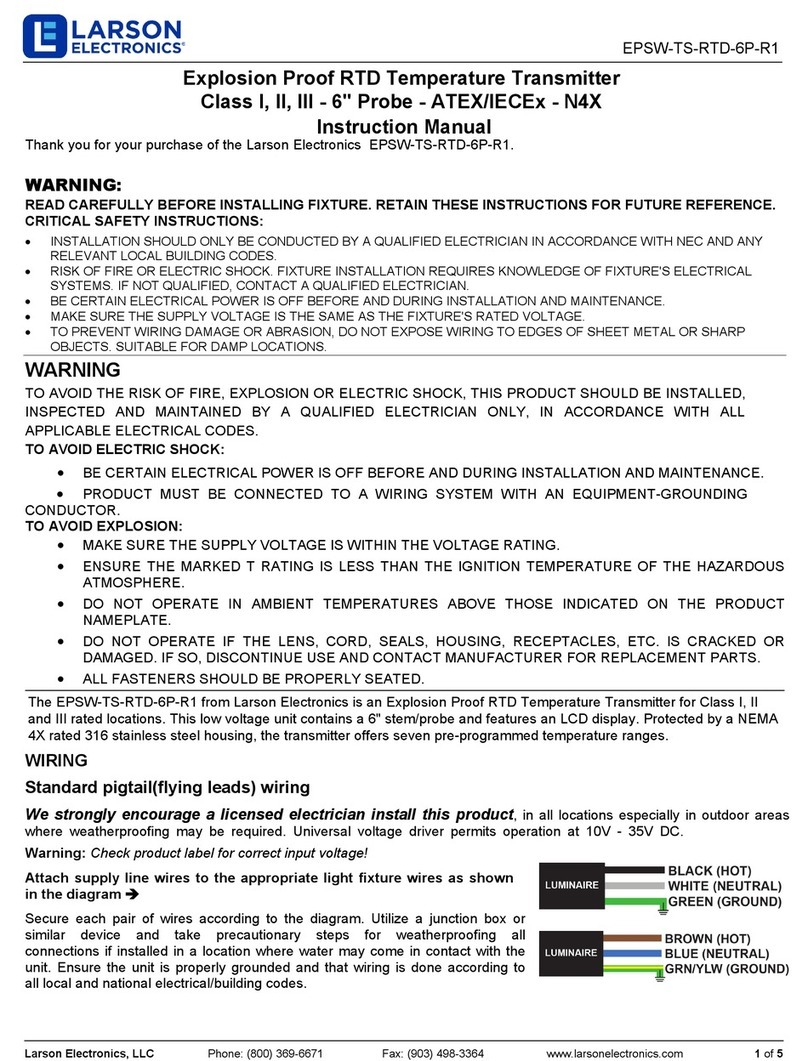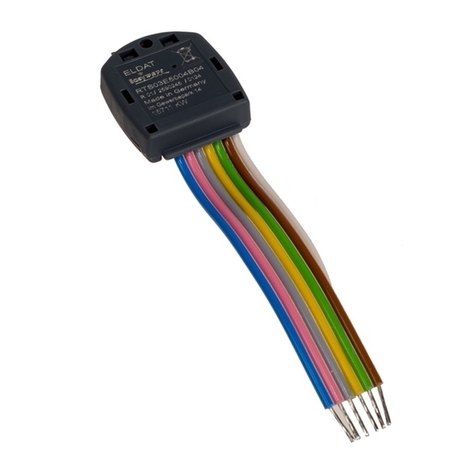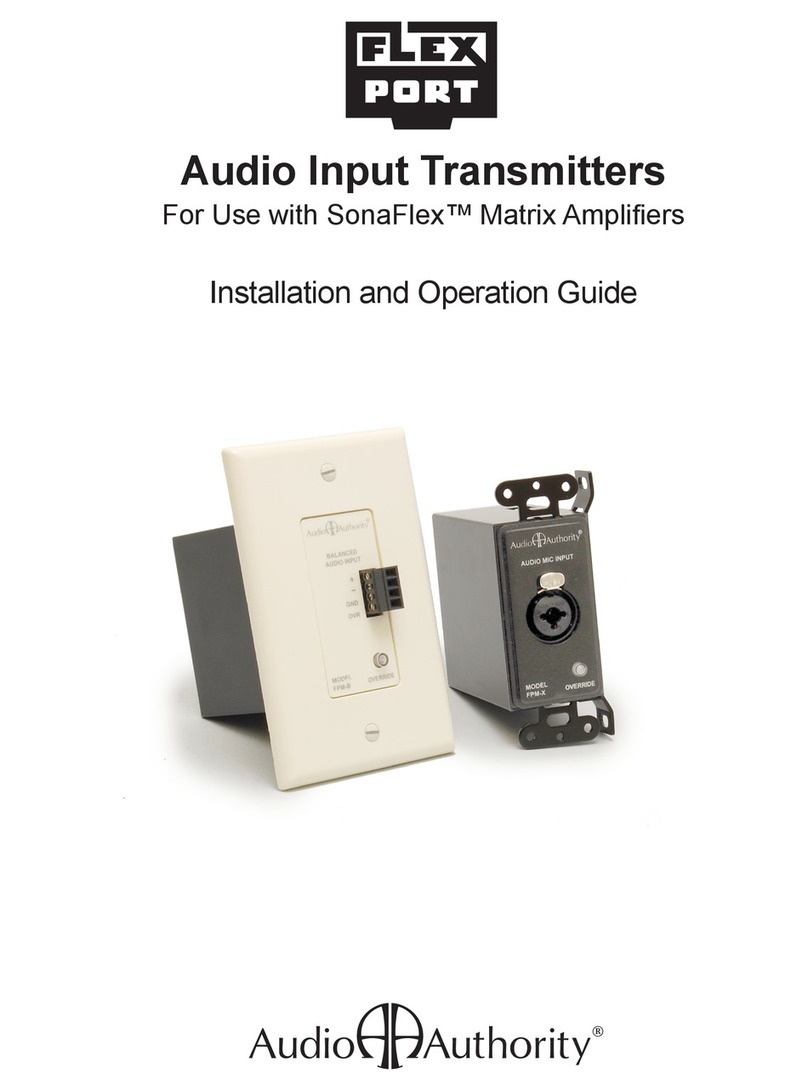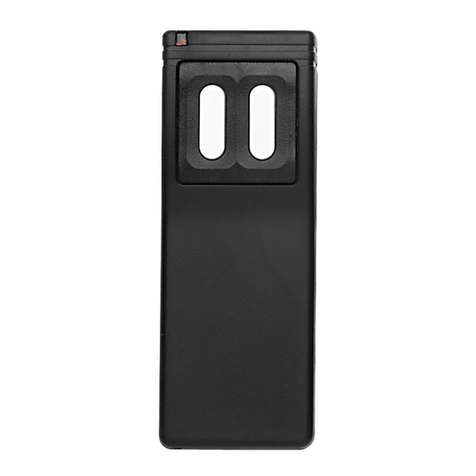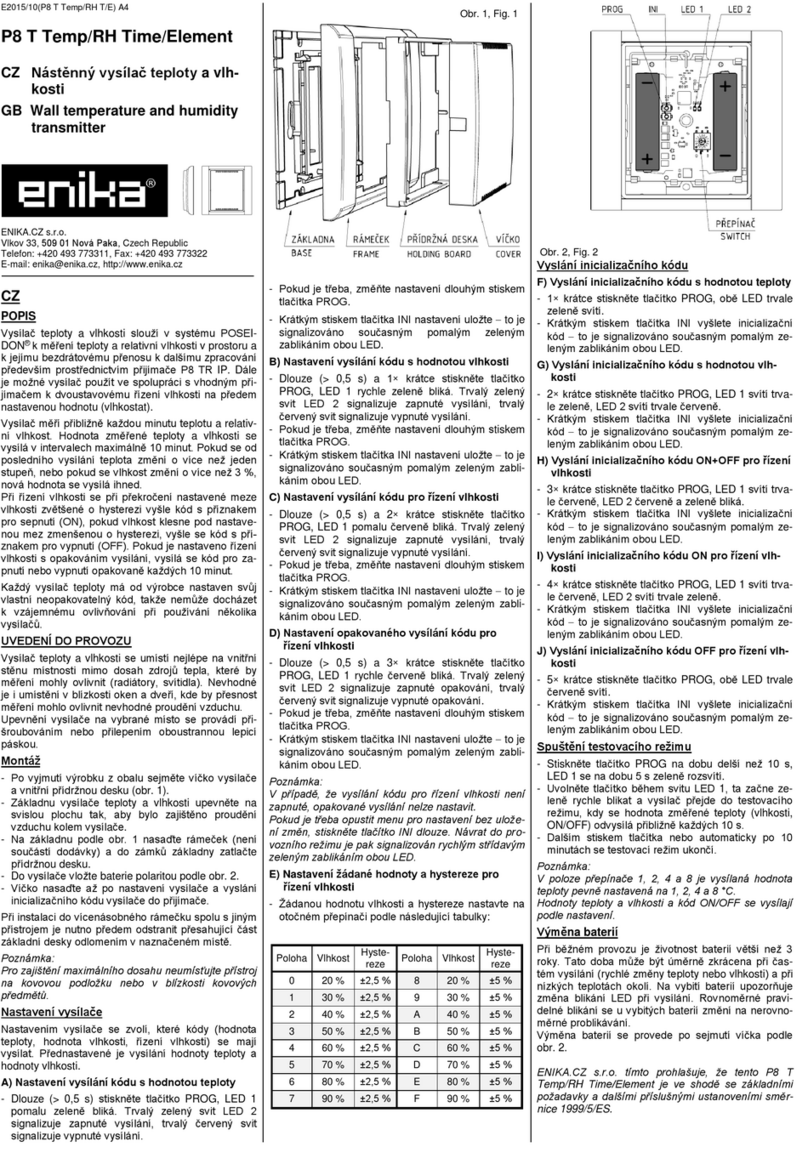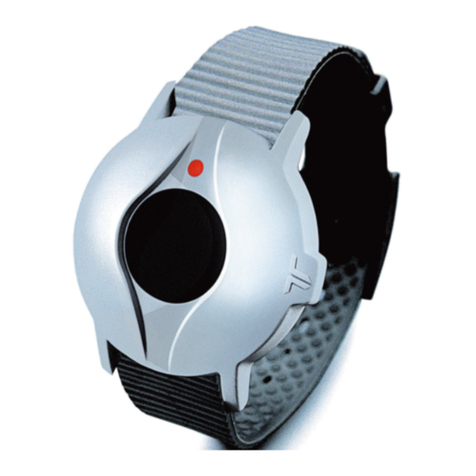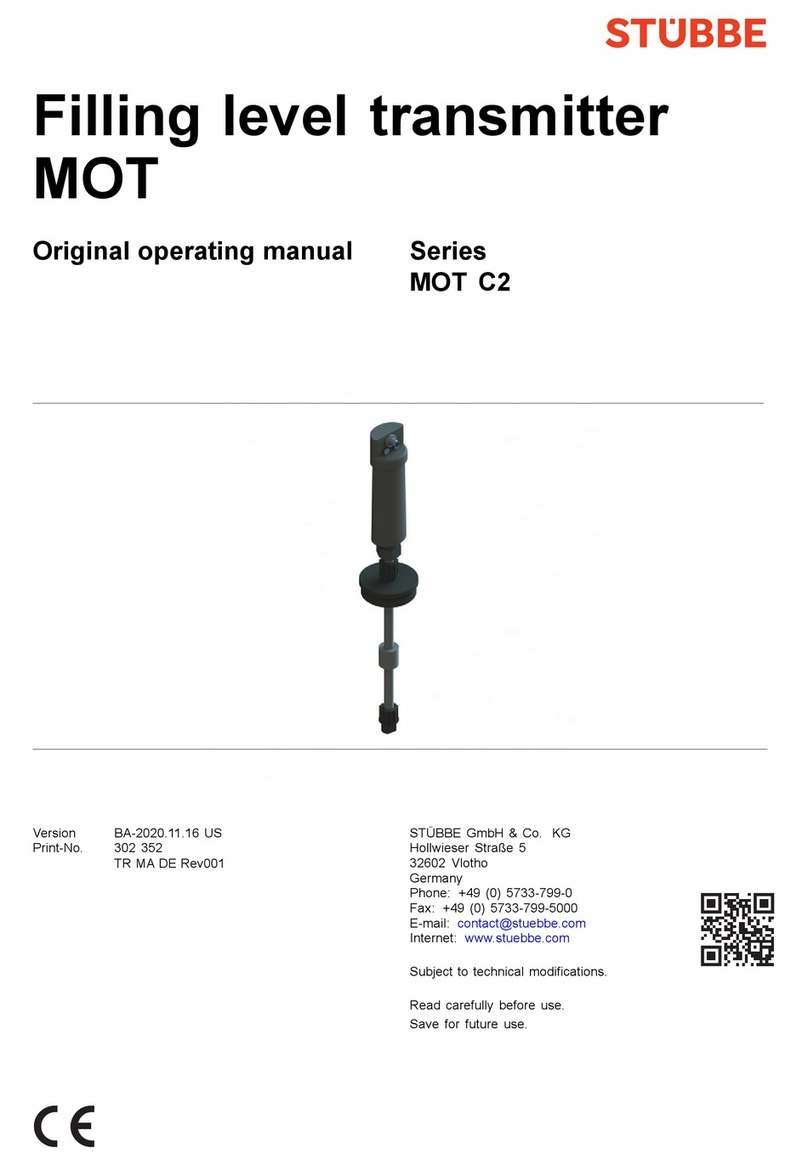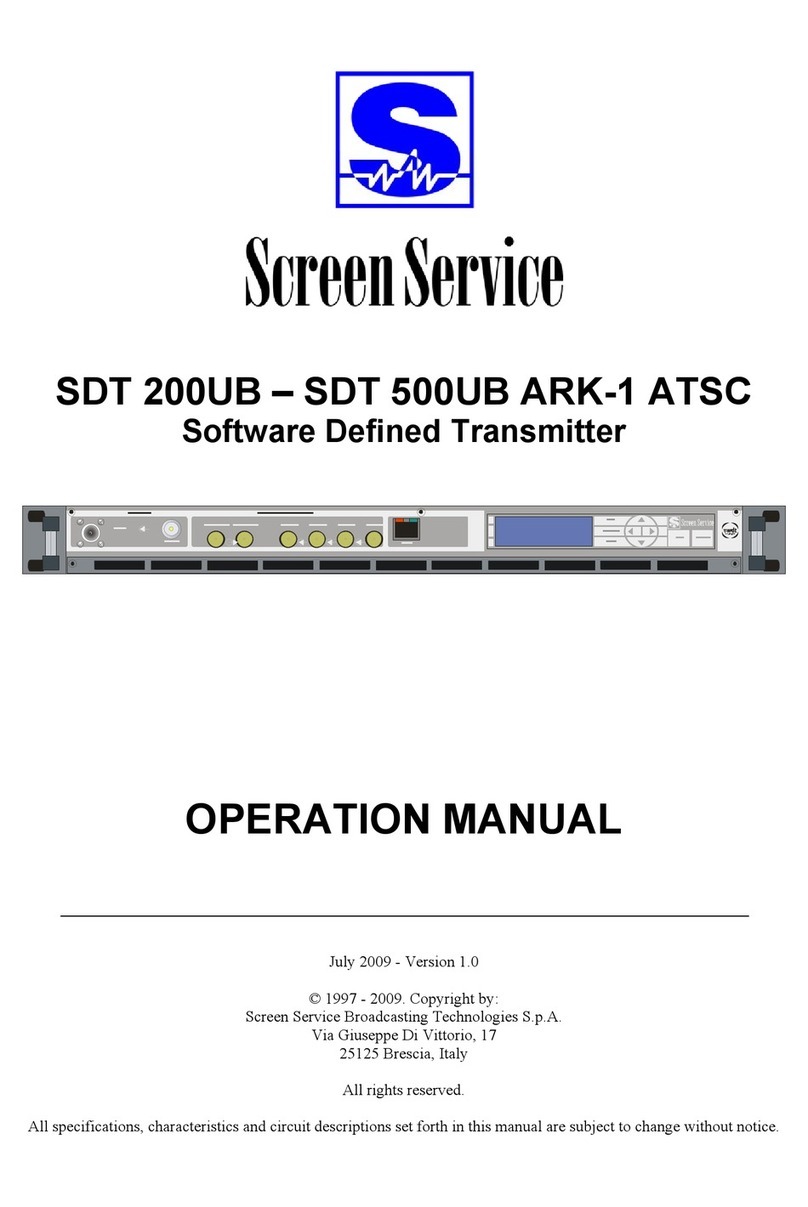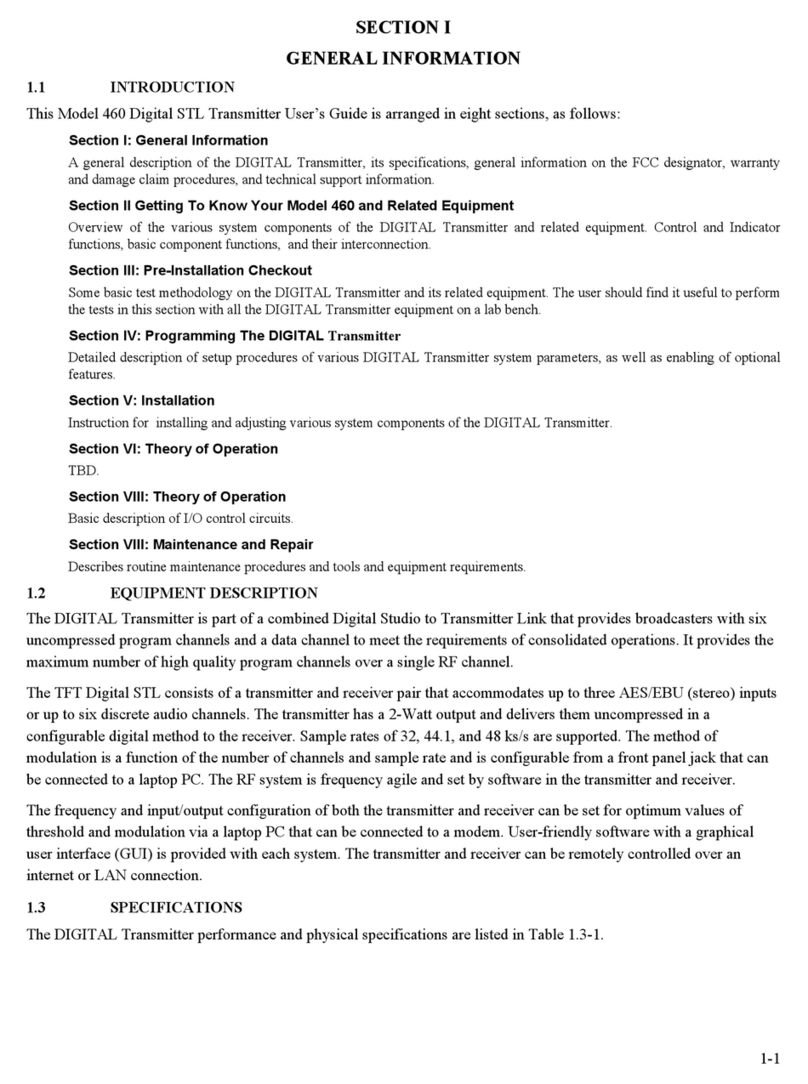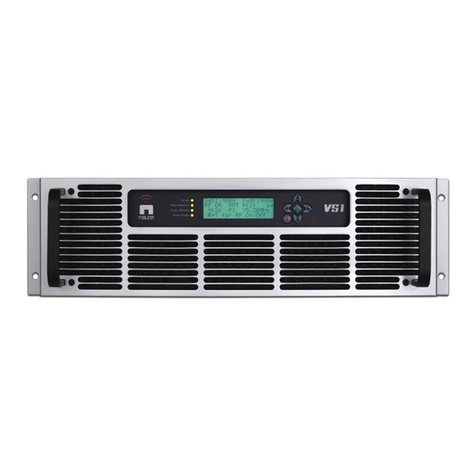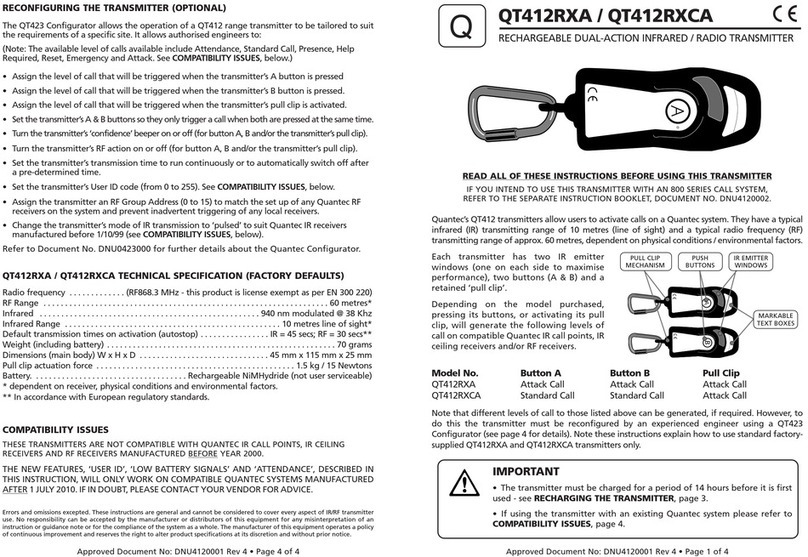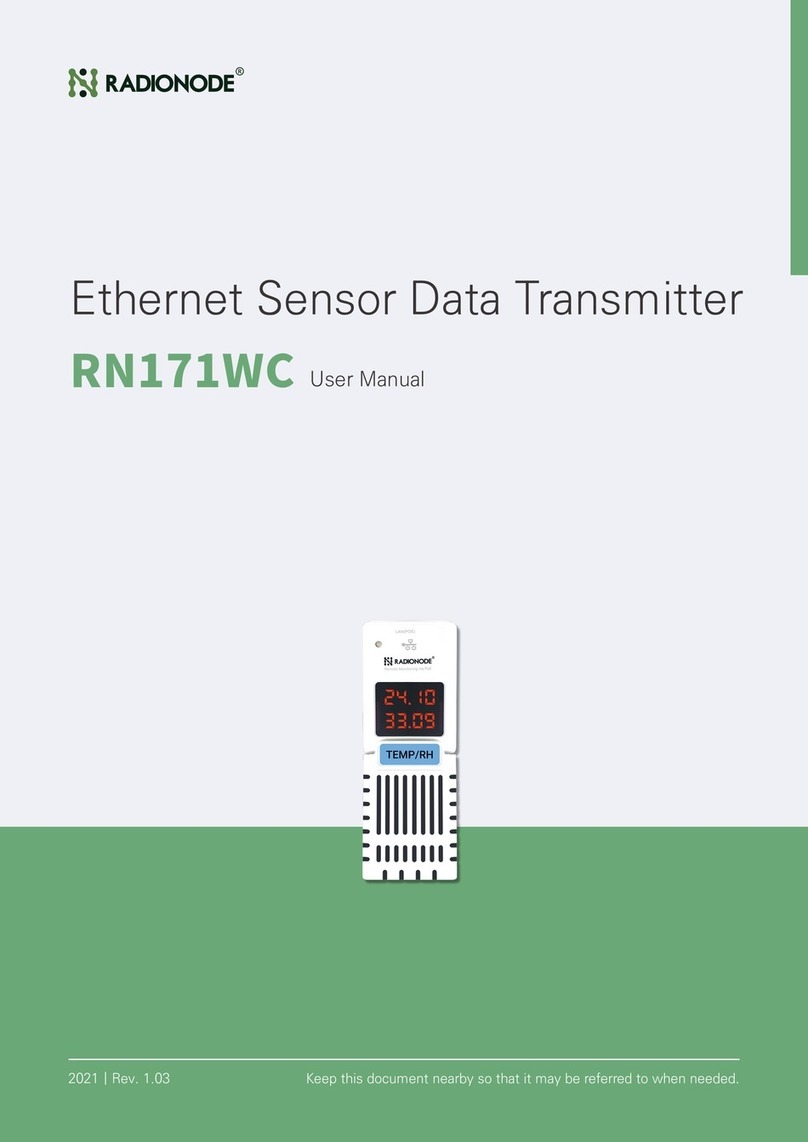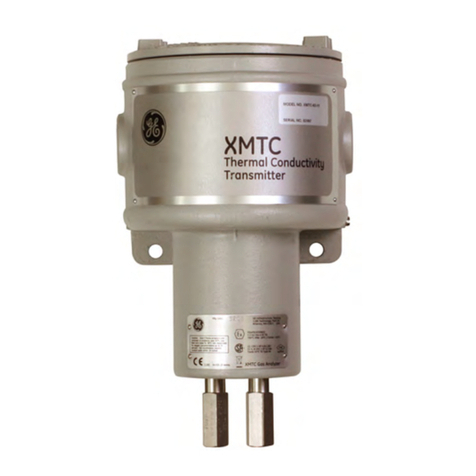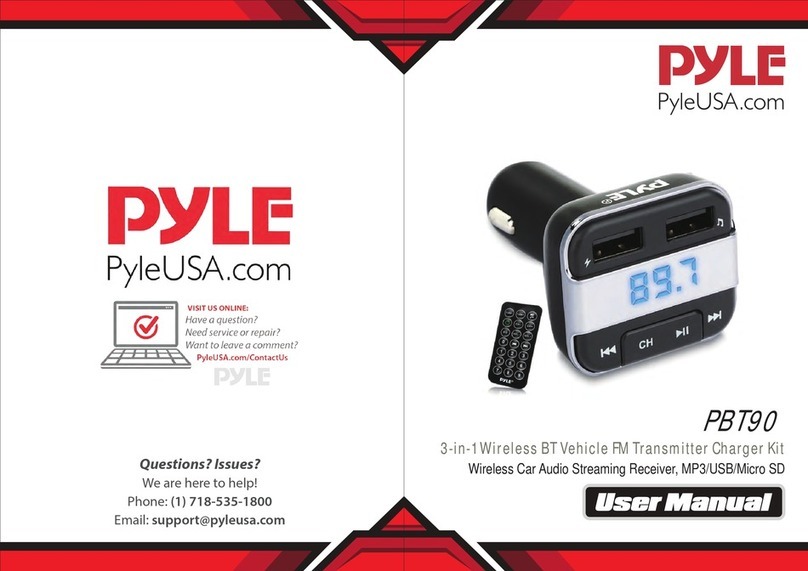
www.bdsensors.com
BA_DMU-ES-OEM_E_SRO
Operating Manual
Industrial pressure transmitter DMK / DMP,
screw-in transmitter LMK / LMP and
OEM pressure transmitter
DMK 331, DMK 331 P, DMK 351, DMK 351 P, DMP 311,
DMP 320, DMP 321, DMP 331, DMP 331i, DMP 331 P,
DMP 331 Pi, DMP 333, DMP 333i, DMP 334, DMP 334i,
DMP 335, DMP 339, DMP 343, LMK 331, LMK 351,
LMP 331, LMP 331i,
17.6XX, 17.6XX G, 18.6XX, 18.6XX G,
26.6XX, 26.6XX G, 30.6XX, 30.6XX G
Headquarters
BD SENSORS GmbH
BD-Sensors-Str. 1
D - 95199 Thierstein
Germany
Tel.: +49 (0) 9235-9811-0
Fax: +49 (0) 9235-9811-11
Eastern Europe
BD SENSORS s.r.o.
Hradištská 817
CZ - 687 08 Buchlovice
Czech Republic
Tel.: +42 (0) 572-4110 11
Fax: +42 (0) 572-4114 97
Russia
BD SENSORS RUS
39a, Varshavskoe shosse
RU - Moscow 117105
Russia
Tel.: +7 (0) 95-380 1683
Fax: +7 (0) 95-380 1681
China
BD SENSORS China Co, Ltd.
Room B, 2nd Floor, Building 10,
No. 1188 Lianhang Rd.
201112 Shanghai,
China
Tel.: +86 (0) 21-51600 190
Fax: +86 (0) 21-33600 613
The addresses of our distribution partners are listed on our
homepage www.bdsensors.com. It is possible to download
data sheets, operating manuals, ordering codes and certifi-
cates, as well.
1. General information
1.1 Information on the operating manual
This operating manual contains important information on
proper usage of the device. Read this operating manual care-
fully before installing and starting up the pressure measuring
device.
Adhere to the safety notes and operating instructions which
are given in the operating manual. Additionally applicable reg-
ulations regarding occupational safety, accident prevention as
well as national installation standards and engineering rules
must be complied with!
This operating manual is part of the device, must be kept near-
est its location, always accessible to all employees.
– Technical modifications reserved –
1.2 Symbols used
DANGER! – dangerous situation, which may result in
death or serious injuries
WARNING! – potentially dangerous situation, which may
result in death or serious injuries
CAUTION! – potentially dangerous situation, which may
result in minor injuries
!
CAUTION! – potentially dangerous situation, which may
result in physical damage
NOTE – tips and information to ensure a failure-free
operation
1.3 Target group
WARNING! To avoid operator hazards and damages of
the device, the following instructions have to be worked
out by qualified technical personnel.
1.4 Limitation of liability
By non-observance of the operating manual, inappropri-
ate use, modification or damage, no liability is assumed
and warranty claims will be excluded.
1.5 Intended use
- The pressure transmitter DMK/DMP and OEM-pres-
sure transmitter have, according to the type, been devel-
oped for applications in overpressure and vacuum as well
as for absolute pressure measurement. The screw-in
transmitters LMK/LMP have been particularly developed
for level and process measurement. It is the operator's re-
sponsibility to check and verify the suitability of the device
for the intended application. If any doubts remain, please
contact our sales department in order to ensure proper
usage. BD SENSORS is not liable for any incorrect selec-
tions and their effects!
!
Permissible media are gases or liquids, which are com-
patible with the media wetted parts described in the data
sheet. In addition it has to be ensured, that this medium
is compatible with the media wetted parts.
!
The technical data listed in the current data sheet are en-
gaging. If the data sheet is not available, please order or
download it from our homepage.
(http://www.bdsensors.com)
WARNING! Danger through improper usage!
1.6 Package contents
Please verify that all listed parts are undamaged included in
the delivery and check for consistency specified in your order:
- pressure transmitter or screw-in transmitter
- for mechanical pressure ports DIN 3852: o-ring
(pre-assembled)
- mounting instructions
- with option SIL2 version:
Functional Safety Manual, Functional Safety Data
Sheet
1.7 UL – Approval (for devices with UL-identification)
The UL – Approval was done with respect to U.S. standards
norms which also correspond with the applicable Canadian
standards norms for safety.
Note the following points, so that devices fulfils the demands
of UL approval:
- The transmitter shall be supplied by Limited Energy
Source (per UL 61010) or NEC Class 2 Power Source.
- maximum operating voltage: see technical data
2. Product identification
The device can be identified by its manufacturing label. It pro-
vides the most important data. By the ordering code the prod-
uct can be clearly identified.
!
The manufacturing label must not be removed from the
device!
3. Mechanical installation
3.1 Mounting and safety instructions
WARNING! Install the device only when depressurized
and currentless!
WARNING! This device may only be installed by qualified
technical personnel who has read and understood the op-
erating manual!
Oxygen
DANGER! When used improperly, special versions of de-
vices suitable for oxygen applications may explode! To
ensure a usage without danger, the following points must
be adhered to:
- Make sure that your device has been ordered as a
special version for oxygen applications and that it
has been delivered conformably. You can check this
easily by reading the manufacturing label (see figure
1). If your ordering code ends with the numbers
"007", your device is suitable for the oxygen applica-
tion.
- When being dispatched the device is packed into a
plastic bag to keep it from impurity. The indication
label with the text "Device for oxygen, unpack only
directly before assembling" has to be observed! Fur-
thermore any skin contact must be avoided during
unpacking and installing the device, so that no fatty
residue remains on the device!
- For installing the respective regulations for explosion
protection have to be fulfilled. Please check if an
ATEX-approval is necessary for the application in
addition to the acceptability for oxygen. (the deliv-
ered device has no ATEX-approval)
- Consider that the entire construction must corre-
spond to the standards of BAM (DIN 19247).
- For oxygen applications over 25 bar are recom-
mended pressure transmitter without seals.
- Transmitters with o-rings of 70 EPDM 281:
permissible maximum values: 15 bar/ 60° C and
10 bar/ 60 up to 90°C.
- Transmitters with o-rings of FKM Vi 567:
permissible maximum values: 15 bar/ 60° C.
!
Handle this high-sensitive electronic precision measuring
device with care, both in packed and unpacked condition!
!
There are no modifications/changes to be made on the
device.
!
Do not throw the package/device!
!
To avoid damaging the diaphragm, remove packaging
and protective cap directly before starting assembly. The
delivered protective cap has to be stored!
!
Place the protective cap on the pressure port again
immediately after disassembling.
!
Handle the unprotected diaphragm very carefully - it is
very sensitive and may be easily damaged.
!
Do not use any force when installing the device to prevent
damage of the device and the plant!
!
For installations outdoor and in damp areas following
these instructions:
- To prevent moisture admission in the plug the device
should be installed electrically after mounting, at
once. Otherwise a moisture admission has to be
blocked e.g. by using a suitable protection cap. (The
ingress protection in the data sheet is valid for the
connected device.)
- Choose an assembly position, which allows the flow-
off of splashed water and condensation. Avoid per-
manent fluid at sealing surfaces!
- When using a cable gland or outlet device, turn the
outgoing cable downwards. If the cable has to be
turned upwards, then point it downward so the mois-
ture can drain.
- Install the device in such a way that it is protected
from direct solar irradiation. Direct solar irradiation
can lead to the permissible operating temperature
being overstepped in the worst case. By this the op-
erability of the device can be affected or damaged. If
the internal pressure increases due to solar irradia-
tion, measurement errors may be caused.
!
For devices with gauge reference in the housing (small
hole next to the electrical connection), install the device in
such a way, that the gauge reference is protected from
dirt and moisture. Should the device be exposed to fluid
admission, the functionality will be blocked by the gauge
reference. An exact measurement in this condition is not
possible. Furthermore this can lead to damages on the
device.
Take note that no inadmissibly high mechanical stresses
occur at the pressure port as a result of the installation,
since this may cause a shifting of the characteristic curve
or to the demage. This is especially important for very
small pressure ranges as well as for devices with a
pressure port made of plastic.
In hydraulic systems, position the device in such a way
that the pressure port points upward (ventilation).
Provide a cooling line when using the device in steam
piping.
If there is any danger of damage by lightning or
overpressure when the device is installed outdoor, we
suggest putting a sufficiently dimensioned overpressure
protection between the supply or switch cabinet and the
device.
If the device is installed with the pressure connection up,
it has to be made sure that no liquid drain off at the case.
Humidity and dirt can block the relative cover in the case
and it could lead to malfunctions through this. Dust and
dirt must be removed from the edge of the thread connec-
tion of the electrical connection if required.
3.2 General installation steps
- Carefully remove the pressure measuring device from the
package and dispose of the package properly.
- Go ahead as detailed in the specific instructions below.
3.3 Installation steps for DIN 3852
DO NOT USE ANY ADDITIONAL SEALING MATERI-
ALS, LIKE YARN, HEMP OR TEFLON TAPE!
- Check to ensure the proper groove fitting of the o-ring and
additionally to ensure no damage to the o-ring.
- Ensure that the sealing surface of the taking part is per-
fectly smooth and clean. (R
Z
3.2)
- Screw the device into the corresponding thread by hand.
- If you have a device with a knurled ring, the transmitter
has to be screwed in by hand only.
- Devices with a spanner flat have to be tightened with an
open-end wrench (wrench size of steel: G1/4": approx. 5
Nm; G1/2": approx. 10 Nm; G3/4": approx. 15 Nm; G1":
approx. 20 Nm; G1 1/2": approx. 25 Nm; wrench size of
plastic: max. 3 Nm).
- The indicated tightening torques must not be
exceeded!
Fig. 1 manufacturing label- example
DMP 331
DMP 331P
74-06
Ordering code
Connector pinout
Type
designation
Supply
Nominal
pressure
range
Signal
Serial
number


